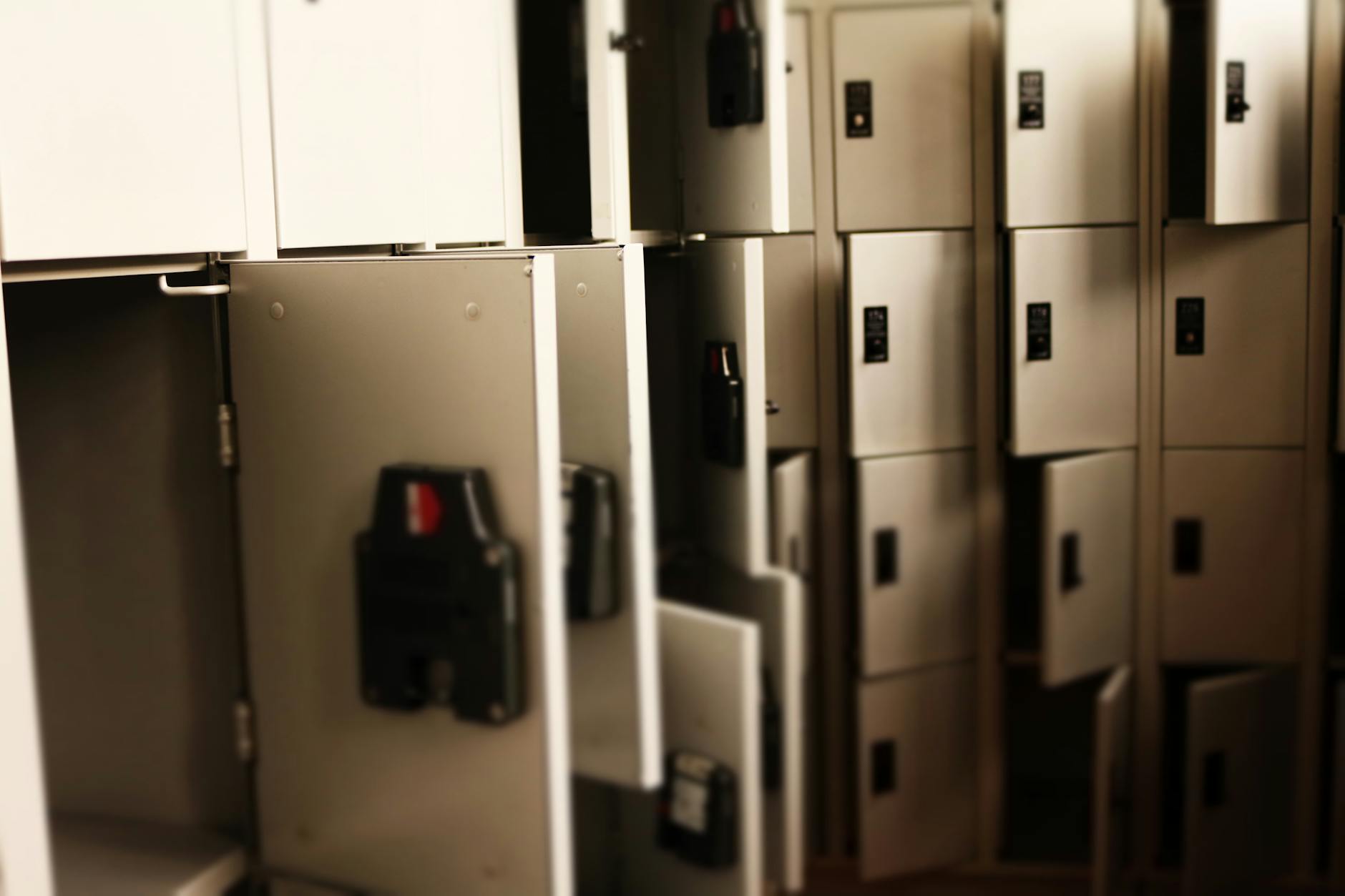What is personal organization systems?

What is personal organization systems?
In today’s fast-paced world, staying organized can feel like a daunting task. Personal organization systems (POS) are essential tools that help manage our time, tasks, and overall productivity. They simplify our lives by providing structured methods to keep everything in order. Whether you’re a busy professional, a student, or someone juggling multiple responsibilities, using a personal organization system can lead to better time management and a healthier work-life balance.
Understanding Personal Organization Systems
A personal organization system is a strategy or structure that helps individuals arrange their tasks, goals, and projects efficiently. It’s about creating a personalized approach that suits your unique lifestyle and needs.
Definition of Personal Organization Systems
At its core, a personal organization system involves a tailored collection of tools and methods designed to help you manage various aspects of your life. The primary purpose of such systems is to enhance productivity by ensuring that you know what to do, when to do it, and how to achieve it. This clarity can significantly reduce the stress associated with managing daily responsibilities.
Components of a Personal Organization System
Several essential components contribute to an effective personal organization system:
-
Tools: These can be digital applications like Notion or Trello, or physical tools like planners and notebooks. Each serves a different purpose, allowing you to choose what works best for you.
-
Methods: Techniques such as time-blocking, prioritization, and the Pomodoro Technique help manage your time effectively. They can be adapted based on the nature of your tasks.
-
Principles: Fundamental guidelines like the Eisenhower Matrix or the two-minute rule provide frameworks for decision-making and task management. These principles help you determine what tasks need immediate attention and what can wait.
Types of Personal Organization Systems
There’s no one-size-fits-all approach to personal organization. Different systems cater to various preferences and work styles.
Digital Organization Tools
Digital tools have become increasingly popular due to their accessibility and versatility. Applications like Notion, Trello, and Todoist provide features such as task lists, project boards, and calendar integrations. These tools allow you to customize your workflows and set reminders to keep you on track.
Physical Organization Techniques
For those who prefer tangible materials, methods like bullet journaling and using filing systems can be effective. Bullet journaling combines creativity with organization, letting you document not just tasks but also reflections and ideas. On the other hand, filing systems help organize physical documents and notes, ensuring you can access important information quickly.

Photo by Paula
Benefits of Implementing Personal Organization Systems
Adopting a personal organization system can lead to significant improvements in various aspects of your life.
Enhanced Productivity and Time Management
One of the primary benefits of a personal organization system is improved productivity. With a clear structure in place, you can track tasks and deadlines more effectively. This clarity allows you to allocate your time wisely, ensuring that crucial tasks get the attention they deserve. Tools and methods guide your daily activities, reducing the likelihood of procrastination and missed deadlines.
Improved Work-Life Balance
A well-implemented organization system can also contribute to a healthier work-life balance. By managing your tasks efficiently, you’re less likely to feel overwhelmed. This balance not only reduces stress but also allows you to devote time to personal relationships and self-care activities. When your responsibilities are organized, you can step away from work knowing that you’re on top of your game.
Creating Your Personal Organization System
Starting your personal organization system doesn’t have to be complicated. Here are actionable steps to help you create one that works for you.
Assessment of Personal Needs
Take a moment to evaluate your current organization habits. What works for you? What doesn’t? Identify areas for improvement. This assessment will give you a clearer picture of what your personal organization system needs to address.
Choosing the Right Tools and Methods
Decide whether you prefer digital tools, physical methods, or a combination of both. Consider your lifestyle, work environment, and personal preferences. For example, if you’re often on the go, digital tools might suit you better. On the other hand, if you enjoy writing by hand, bullet journaling could be the way to go.
Establishing Routines and Habits
Consistency is key in maintaining your personal organization system. Establish daily or weekly routines that incorporate your chosen tools and methods. For instance, set aside a specific time each week to review your tasks and plan for the upcoming days. Over time, these habits will become second nature and enhance your organization.
Conclusion
Personal organization systems play a crucial role in enhancing productivity and achieving a balanced life. By implementing a system that suits your needs, you can effectively manage your tasks, reduce stress, and create space for what truly matters. So why wait? Start taking the first steps toward your own personal organization system today, and experience the benefits of a more organized life. If you want to dive deeper into creating your system, consider checking out resources like How To Develop and Implement a Personal Organization for further guidance.